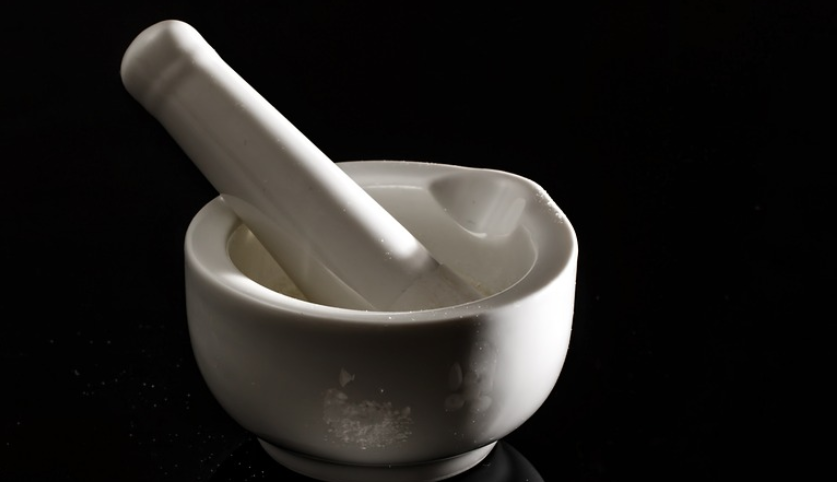Introduction
Sodium acetate plus acetic acid, also known as sodium acetate buffer, is a common buffer solution used in various scientific applications. This buffer solution is made by mixing sodium acetate and acetic acid in a specific ratio. In this article, we will discuss how this buffer solution is prepared, its applications in different fields, and its advantages.
Preparation of Sodium Acetate Plus Acetic Acid
Sodium acetate buffer solution is prepared by mixing sodium acetate and acetic acid in a specific ratio. The ratio of sodium acetate and acetic acid depends on the desired pH of the buffer solution. For example, to prepare a buffer solution with a pH of 5.0, we need to mix 1 mole of sodium acetate with 0.25 moles of acetic acid.
Advantages of Sodium Acetate Plus Acetic Acid
One of the main advantages of sodium acetate buffer is that it can maintain a stable pH even when small amounts of acid or base are added. This makes it an ideal buffer solution for various scientific experiments. Additionally, this buffer solution is relatively inexpensive and easy to prepare.
Applications of Sodium Acetate Plus Acetic Acid
Sodium acetate buffer has a wide range of applications in various fields. It is commonly used in biochemistry and molecular biology experiments to maintain a stable pH during protein purification, DNA extraction, and other chemical reactions. This buffer solution is also used in the pharmaceutical industry to stabilize the pH of different medicines.
Tips for Using Sodium Acetate Plus Acetic Acid
When using sodium acetate buffer, it is important to keep in mind that the buffer capacity decreases as the pH moves away from the pKa value. Therefore, it is important to choose the appropriate buffer solution based on the pH range of the experiment. Additionally, it is important to store the buffer solution properly to prevent contamination.
Conclusion
Sodium acetate plus acetic acid is a commonly used buffer solution in various scientific experiments. It is easy to prepare, relatively inexpensive, and can maintain a stable pH even when small amounts of acid or base are added. This buffer solution has a wide range of applications in various fields, including biochemistry, molecular biology, and pharmaceuticals. By following the tips provided in this article, you can effectively use sodium acetate buffer in your experiments.

